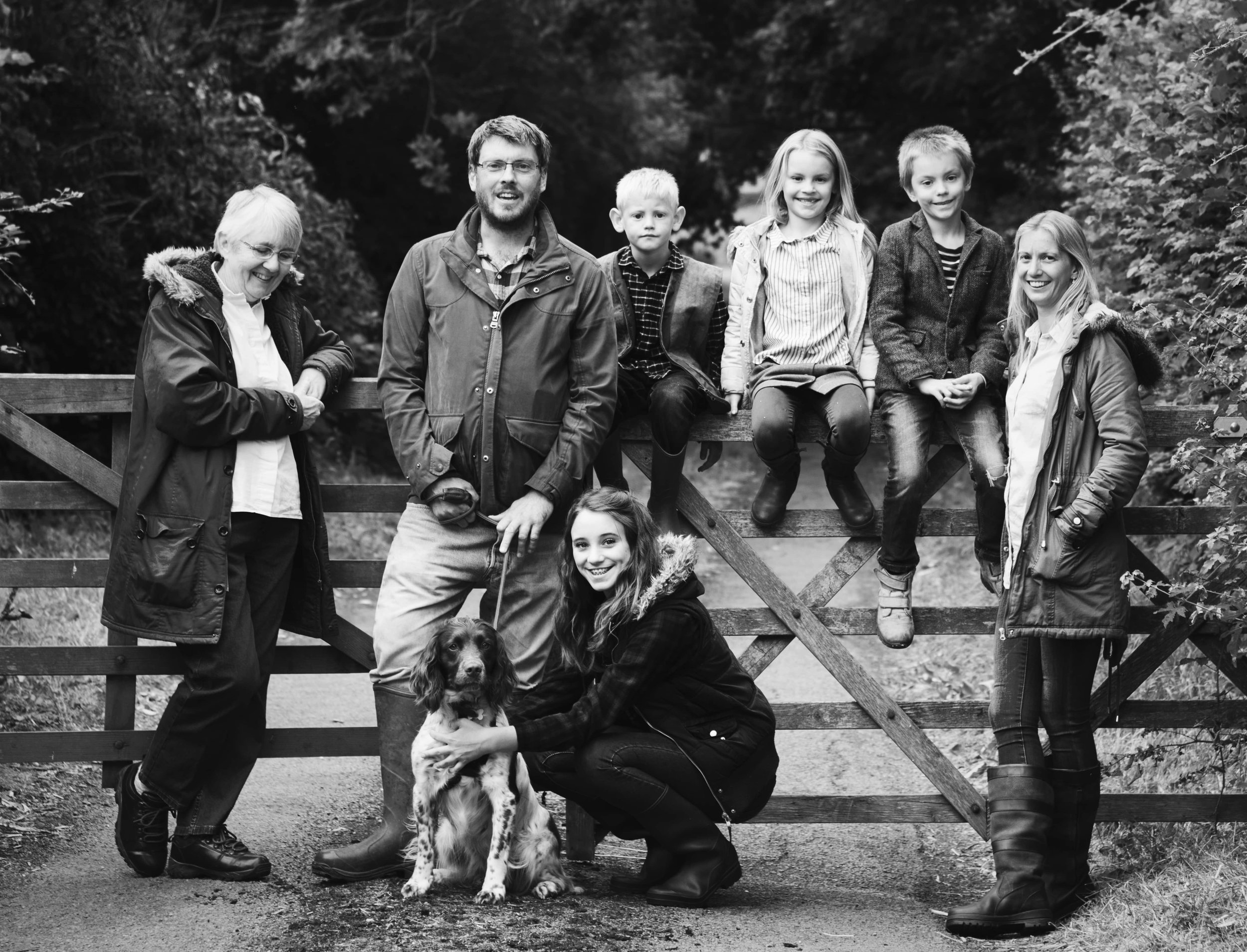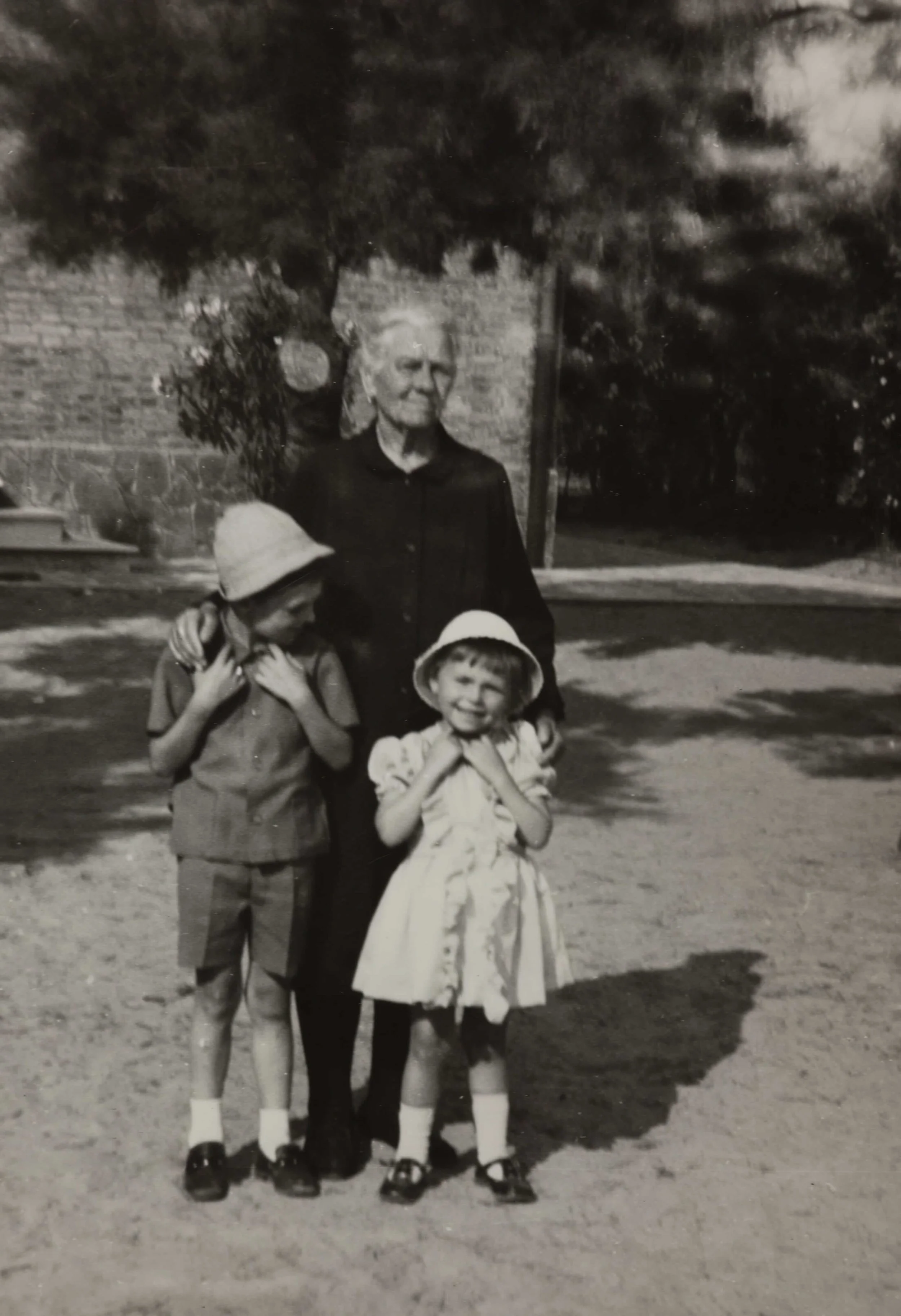What Is a Family Lineage? Trace & Understand It
Family lineage is the blueprint of your ancestral story. It defines your origins, your cultural foundation, and the generations that led to you. In its simplest form, lineage is a line of descent, but behind it lies a wealth of information: migrations, marriages, name changes, lost traditions, and untold stories. Moreover, for those serious about understanding their roots, tracing this lineage isn't just a personal journey; it’s a historical investigation.
Yet, genealogy is rarely straightforward. Incomplete records, conflicting sources, and unfamiliar terminology often create roadblocks. That’s why services like Sapling Family exist. Backed by Prof. Bradley’s 35+ years of research expertise, Sapling offers a professional, customized approach to lineage tracing, ensuring accuracy, clarity, and meaningful results.
What Is a Family Lineage?
It refers to the direct line of descent from your ancestors, essentially, your bloodline. It's a map that traces your roots from generation to generation, showing how you’re connected to those who came before you. Whether through a patrilineal (father’s line) or matrilineal (mother’s line) lens, lineage helps paint a fuller picture of your identity.
Furthermore, understanding your lineage goes beyond knowing a few family names. It helps you answer key questions, such as: Where does my family originate from? Or how did we end up here? These questions often arise when families migrate, adopt new cultures, or face historical disruptions.
Key terms to know:
Lineage chart: A visual diagram showing your ancestral line.
Pedigree chart: A structured tree showing ancestors.
Ahnentafel: A numbered list of ancestors.
Besides, when someone says, “I want to find my family lineage,” they’re asking for this deeper understanding of their roots, and it starts with mapping their history step by step.
Why Tracing Family Lineage Matters
Tracing your roots can be an emotional, enlightening experience. For some, it's about uncovering long-lost family members. For others, it's connecting to cultural traditions or discovering surprising ties to historical events.
Here’s why lineage research is meaningful:
Personal Identity: It reveals the story behind your last name, traditions, and inherited traits.
Cultural Connection: It reconnects you with lost languages, customs, or values.
Health Insights: Certain hereditary conditions run in families and can be traced through lineage research.
Legacy Creation: Many people use lineage to create books, charts, or time capsules for future generations.
But here’s the catch: the journey isn’t always easy. Records can be missing, names may have changed, and distant relatives might have scattered. That’s when turning to a professional genealogist becomes a smart investment.
How to Start Tracing Your Family Lineage
Begin with What You Know
Start by recording your own family tree names, birth dates, and places. Use a family lineage chart or simple software to visualize connections. More importantly, this foundation gives direction.
Use Public Records & DNA Testing
Explore census records, birth certificates, immigration documents, and parish registers. These sources help you find my roots. Furthermore, DNA testing helps confirm connections, though interpretive guidance is essential.
Identify Common Challenges
Brick walls: Missing records or name changes.
Naming patterns: Similar names across generations create confusion.
Geographical moves: When ancestors move, records are scattered. A pro knows how to circumvent these issues efficiently.
What to Expect from a Professional Genealogist
Hiring a professional to trace your lineage ensures accuracy and depth. They do more than search names; they build a complete picture of your family story using hard-to-access records, DNA insights, and historical context.
Here’s what a professional genealogist typically offers:
In-depth research: Access to global databases, local archives, church records, immigration logs, and more.
Expert interpretation: Understanding naming conventions, translations, and old-world handwriting.
Custom deliverables: Like family lineage charts, timelines, and biographical sketches.
Privacy assurance: Especially with DNA and personal data.
At Sapling Family, Prof. Bradley leads a team that tailors each project to your background, regardless of who your ancestors are or where they came from. Furthermore, their experience spans diverse ethnic backgrounds and complex research cases, making them the go-to partner when you want reliable results.
How Sapling Family Makes It Easy
What sets Sapling apart is its client-first, research-driven approach. Here’s how their process works:
Free Consultation: You speak with a genealogist, share your goals, and discuss what you already know.
Trial Research: Sapling offers a small-scale search so you can experience the depth and professionalism of their work.
Full Project Plan: Based on your needs, they develop a comprehensive research strategy.
Results You Can Use: You’ll receive detailed reports like a pedigree chart, a family lineage chart, and a written narrative telling your ancestors’ story.
Privacy and Security: Sapling guarantees total confidentiality. All personal information is handled securely, and nothing is shared without your explicit consent. Moreover, Sapling uses encrypted digital platforms and offers a range of service packages tailored to your needs.
Whether you're looking to connect with living relatives or prepare a legacy for your children, Sapling delivers professional, humanized insight.
Conclusion
Understanding what a family lineage isn’t just about tracing names on a chart; it’s about finding the story behind who you are. Whether you're just beginning or stuck in research, Sapling makes the journey smarter, simpler, and far more meaningful.






